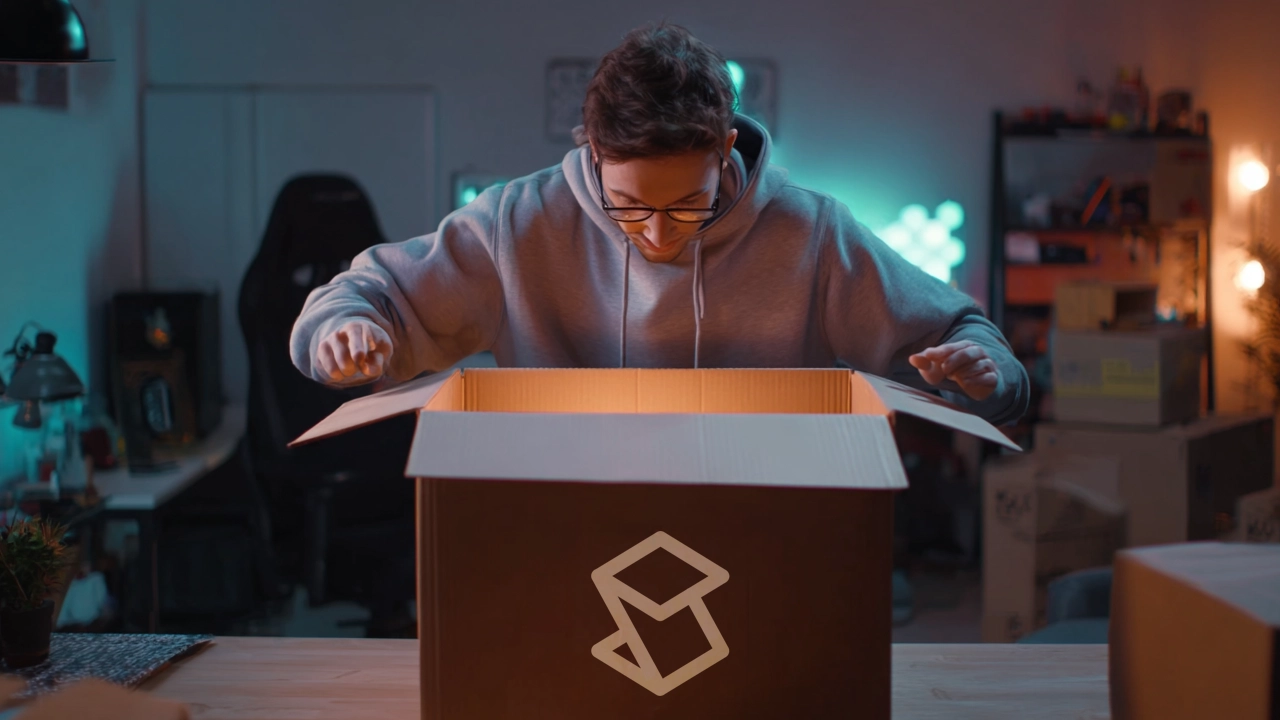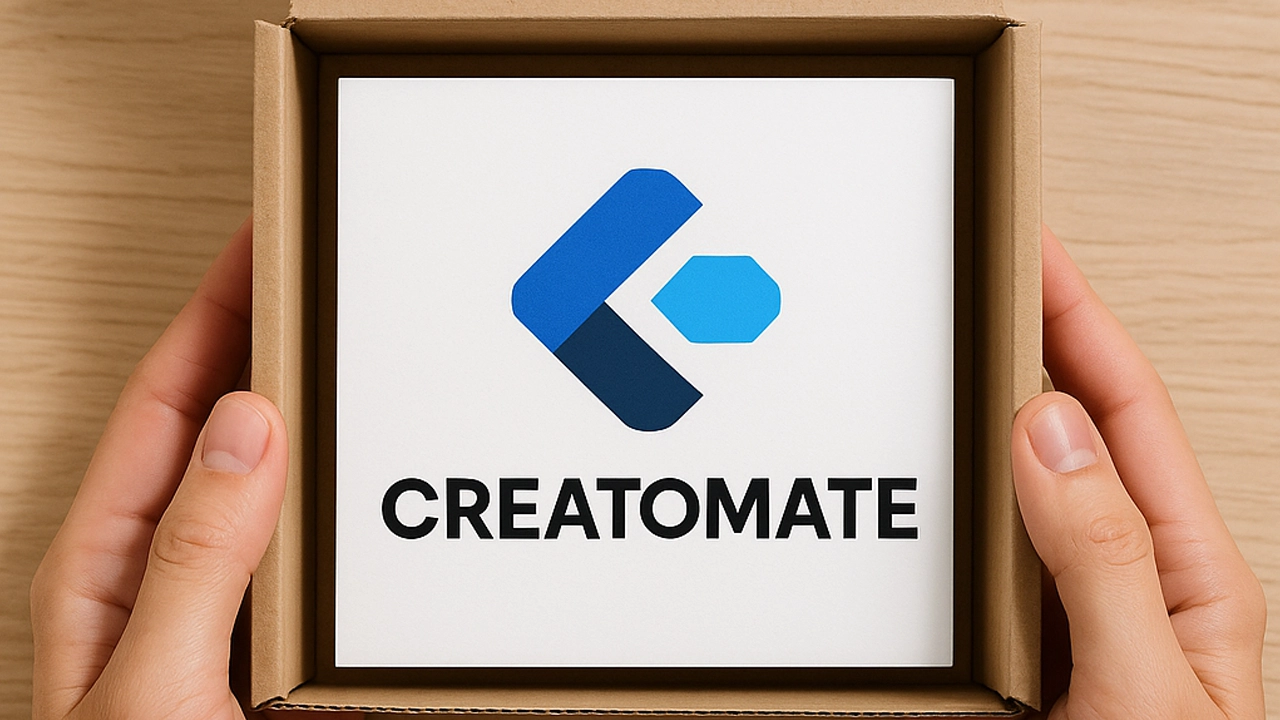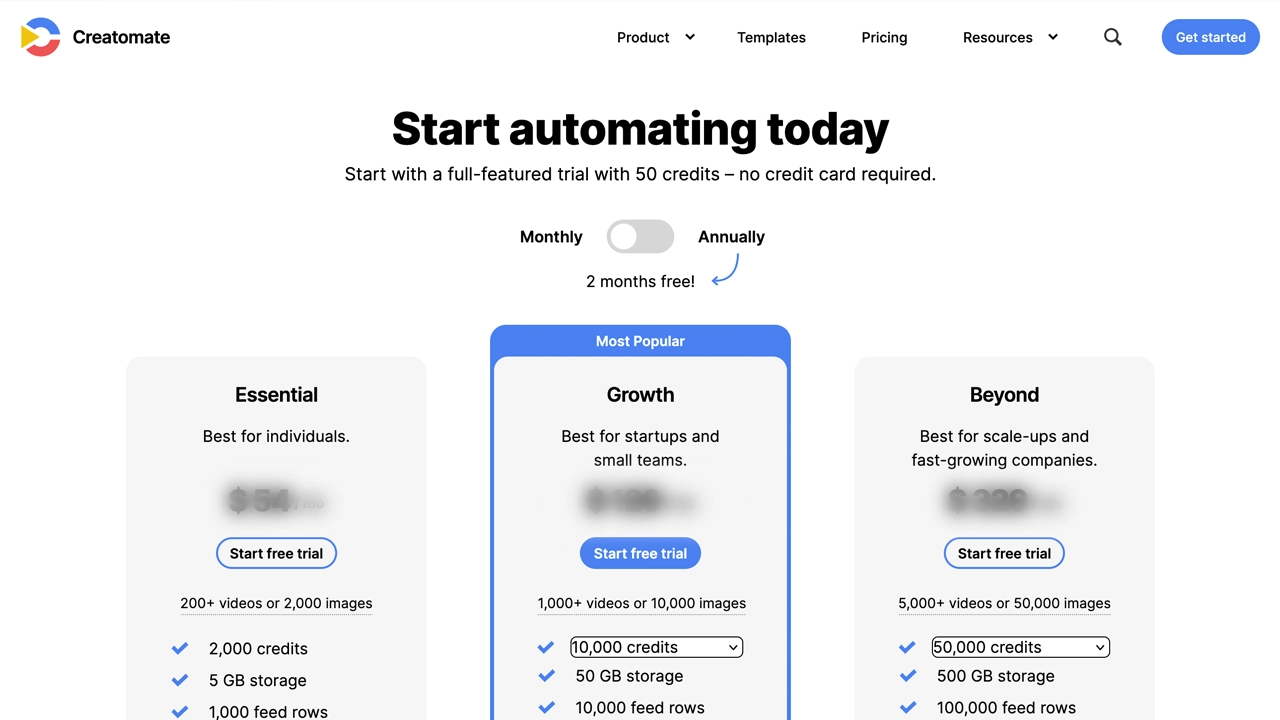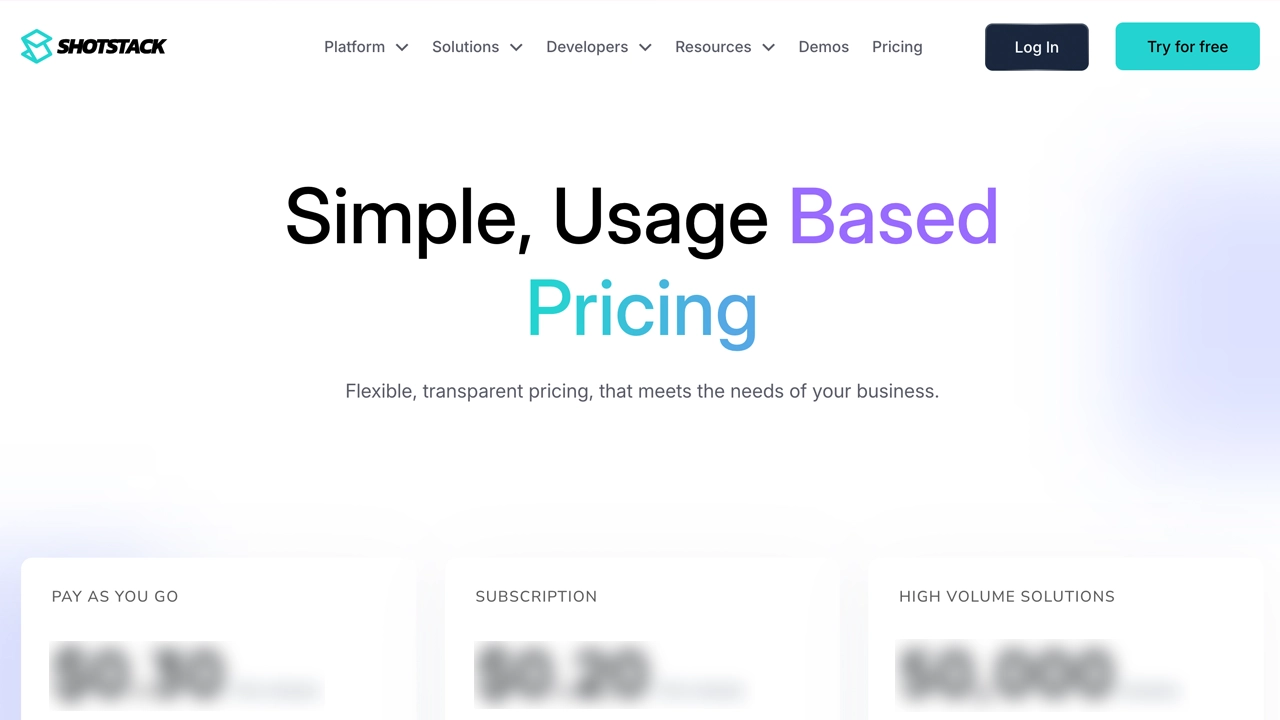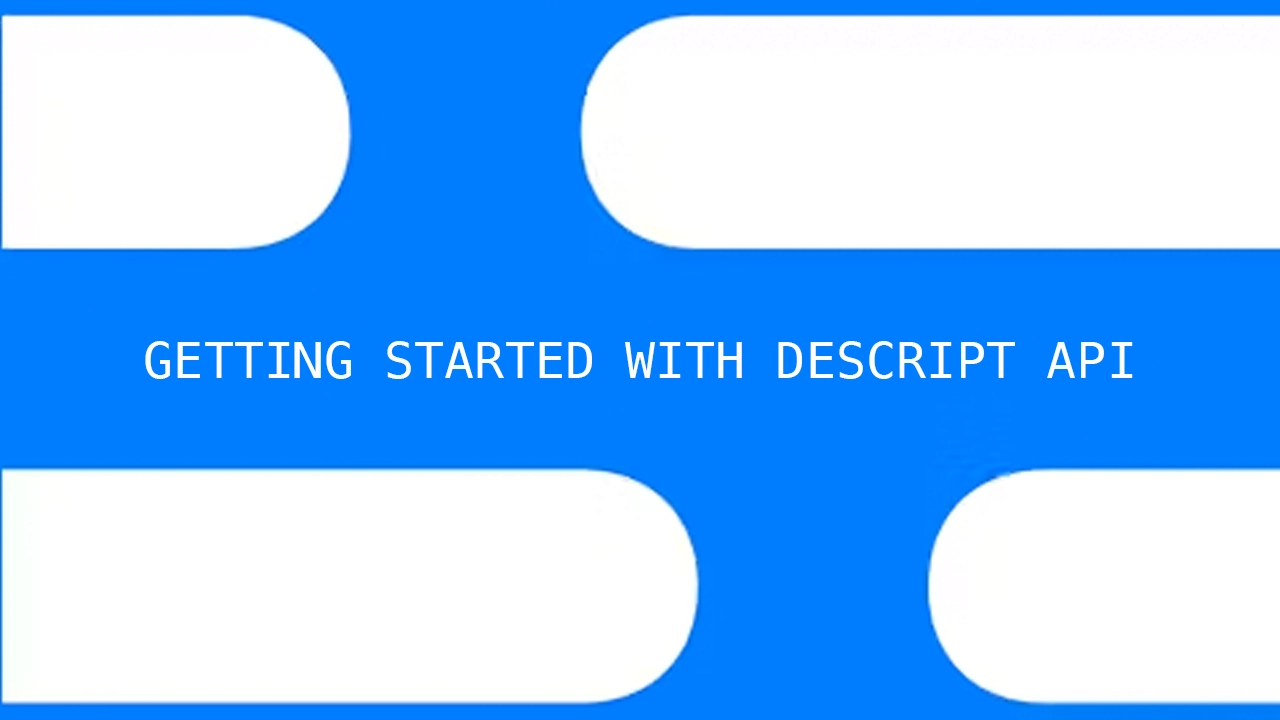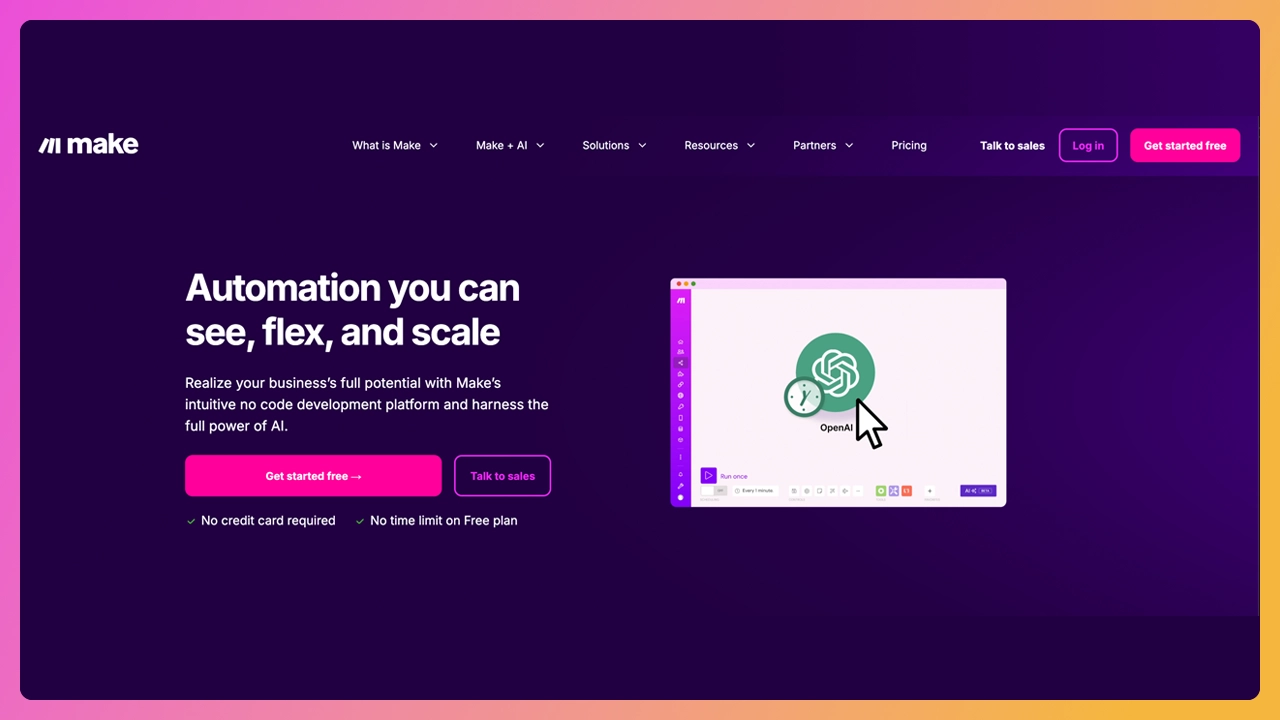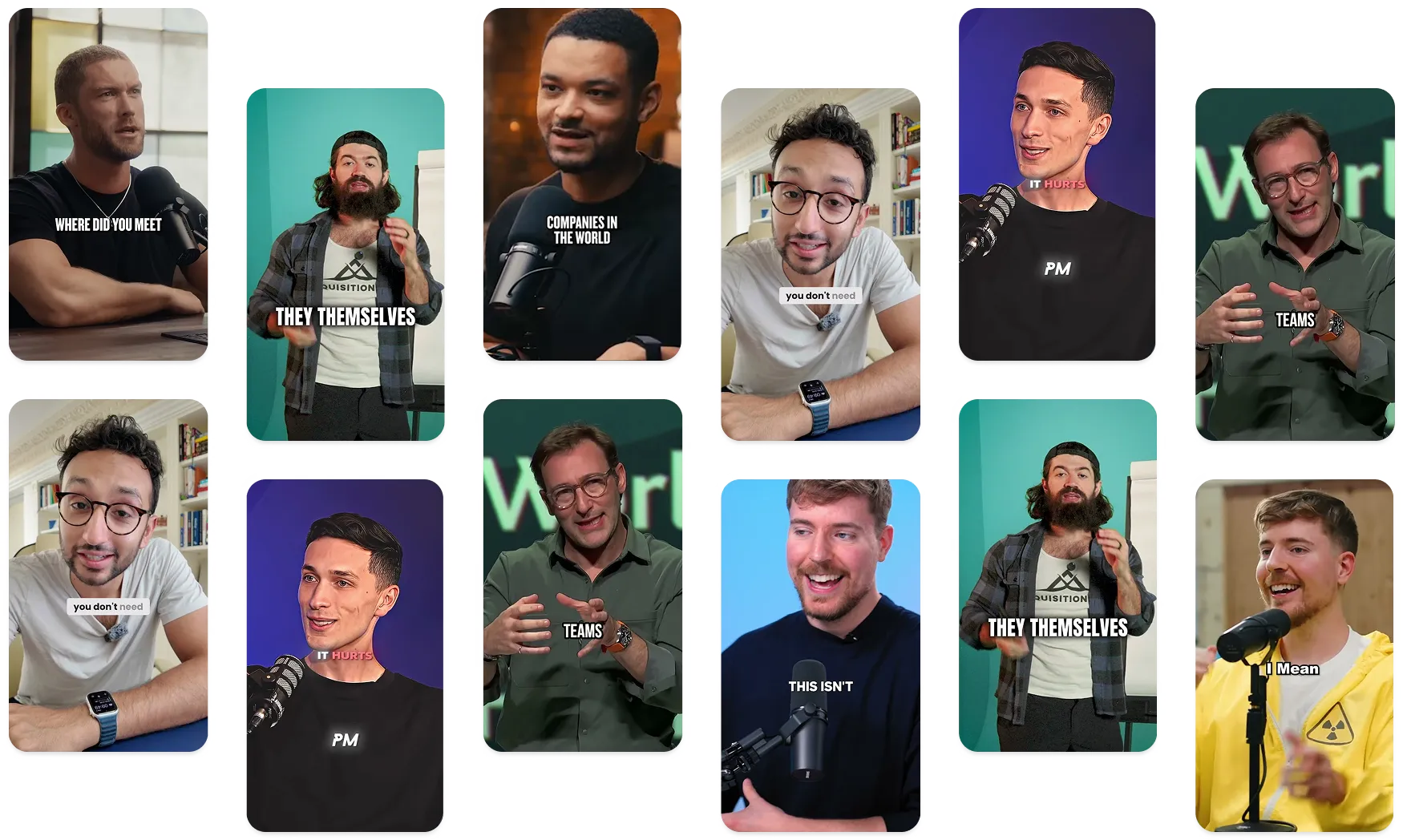You’re sitting on gold, your a-roll is shot, your voiceover is tight, your podcast episode has some fire soundbites, but it’s still not scroll-stopping enough for TikTok, YouTube Shorts, or even LinkedIn. You know what’s missing.
Drumroll. It’s B-rolls.
But not just any b-roll. You need high-quality, engaging, contextually relevant b-roll clips that actually enhance your story, not just sit there like stock wallpaper. And you don’t have hours to dig through a stock footage library.
That’s where things get spicy:
Let’s talk how to create b-roll footage using an API, and why it might be the biggest unlock in your video content workflow.
Wait, I can generate b-roll with an API? Why yes. Yes, you can.
Whether you’re building a video editing platform, automating short-form videos for clients, or just trying to scale your content creation without losing your mind, API access to b-roll generators changes the game.
Let’s break down how it works and what’s possible. I’ll walk you through how I do it with AI-powered tools and automation. No vibe coding required.
Step 1: Pick the right B-roll API There are two main paths here:
1. AI video generators These tools use machine learning, text-to-video, and speech analysis to auto-generate context-aware b-roll footage. You give them a script, a video file, or even just keywords, and they deliver b-roll that fits your content.
Popular AI-powered options:
Submagic’s AI b-roll generator . Battle tested by millions, now available via API. Pika Labs Veed.io They’re perfect if you're creating TikToks, YouTube Shorts, or reels and want to turn your talking head into a cinematic masterpiece, with minimal effort.
2. Stock footage APIs (aka traditional but solid) Platforms like Getty Images, Shutterstock, or Pexels offer APIs that let you search, preview, and license footage programmatically. You send a search query, and they return a list of matching b-roll clips.
Best for: agencies, devs building custom platforms, and folks who want full control.
Step 2: Analyze your main footage (the A-roll) If you want your b-roll to make sense , it has to connect to your a-roll.
So how do we do that programmatically?
You run your video or podcast through:
Speech-to-text tools to get a transcript. NLP (Natural Language Processing) to extract key topics, emotions, or themes. Or skip all that and just use Submagic’s subtitle generator and b-roll combo to do it for you. That transcript is gold, it powers everything from smart b-roll generation to automatic subtitles , auto zooms , transitions , and even your video descriptions .
Step 3: Send the b-roll request Once you’ve got keywords or a script, you plug it into the API.
For AI video generators:
{
"prompt" : "crowd cheering at a stadium" ,
"duration" : "6s" ,
"style" : "cinematic" ,
"resolution" : "1080p"
}For stock APIs: GET /search?query=“crowd cheering”&duration=5-10&license=commercial
Boom. You get back a list of b-roll clips you can use, download, or insert directly into your timeline.
Some APIs even let you pick the mood, animation style, or whether you want your clip to loop or come with transparent backgrounds (hello, GIF overlays and animation lovers 👋).
Step 4: Stitch it all together into a final video This is where your video editor comes in.
Old-school route : Manually insert your b-roll into Final Cut Pro or Premiere. Adjust transitions. Add voiceovers. Sync with music. Resize for TikTok. Export. Cry a little.
New-school route (my favorite): Use a platform like Submagic that does it in 3 clicks.
Submagic’s editor can:
Basically, it lets you focus on storytelling, not timelines.
Why APIs + AI = every content creator’s dream Here’s the deal: you’re not just trying to make a video. You’re trying to build a system to scale your content across TikTok, LinkedIn, Instagram, and YouTube. That means:
You need a repeatable workflow You want minimal manual editing You want real-time automation You want watermark-free, quality videos You want to add gifs, animations, and resize without a headache APIs give you that power. Whether you’re pushing out 10 reels a week or batch-editing podcast clips for clients, b-roll automation lets you stay creative and consistent.
What if you're just starting out? Even if you're a beginner or a solo creator, you can still use these tools. You don’t need to build a custom API integration from scratch.
Platforms like Submagic let you use their AI-powered b-roll generator without code. It’s like an API, but with a clean UI on top. You just upload your video file, and boom, instant b-roll, captions, music, and edits.
It’s everything Opus Clip promises, but less “AI guesses wrong” and more “ready to post.”
If it sounds like a lot, it because writing about it can make it seem long-winded.
Here’s the beauty of API automation for B-rolls with Submagic We pull your transcript: You send us a video file or link—we auto-transcribe it with near-perfect accuracy.We extract key topics: Using AI, we detect themes, objects, people, locations, emotions. This is your b-roll prompt list.We generate and insert b-roll clips: Using our own AI engine and stock footage database, we generate relevant b-roll footage and automatically place it where it makes sense—no timeline scrubbing.We add everything else: Subtitles, transitions, background music, and more.Magic clips : Formatted for Reels, YouTube Shorts, TikTok, even square for LinkedIn.You get the final video: No watermark. No editing required. Ready to publish.All of the above steps, without living a finger.
Bottom line: automate the grunt work, or all of the work. You don’t get bonus points for spending hours on stock footage sites or learning video editing the hard way. Your audience doesn’t care how long it took, they just want engaging videos that don’t suck.
B-roll done right makes your content more dynamic, emotional, and professional. B-roll done via API makes it scalable.
Whether you’re an indie creator, agency, or team building tools for others, this is the future of content creation.
Now go automate it
P.S. Want to try it the easy way? Check out Submagic , it’s an AI tool built for creators, not coders.
















